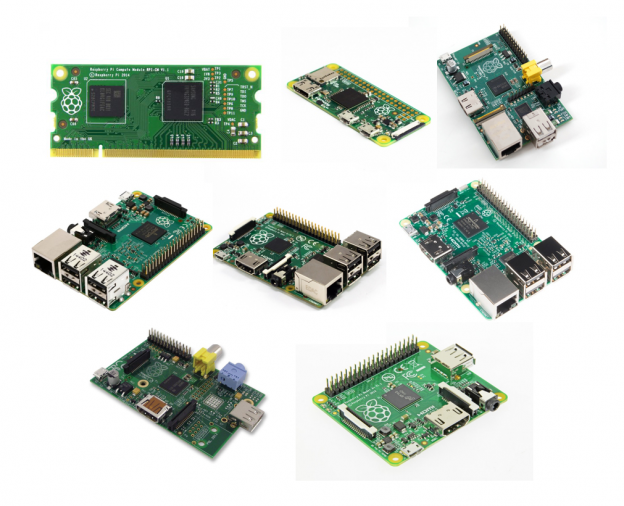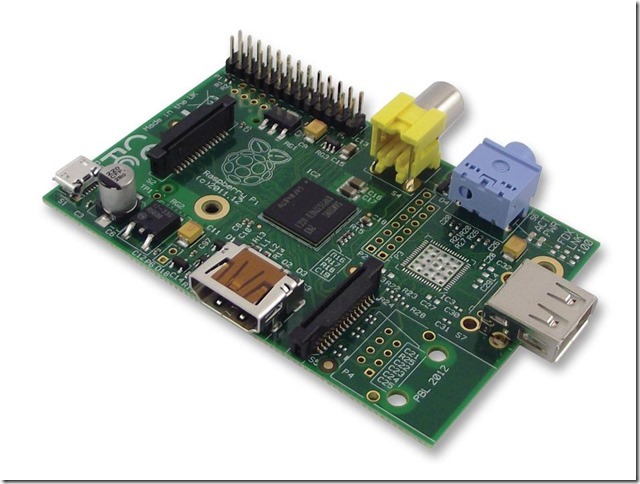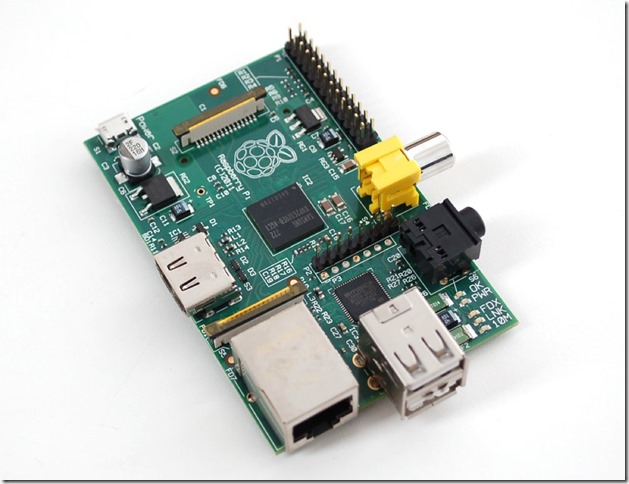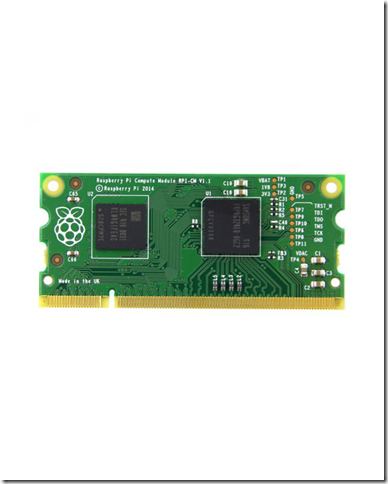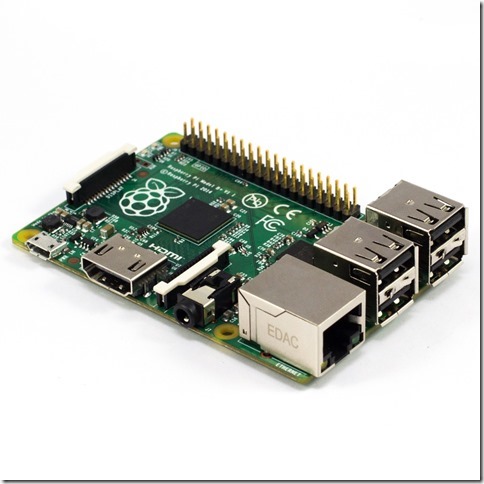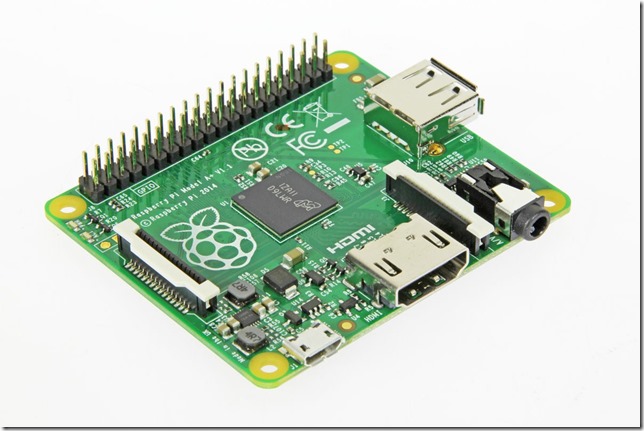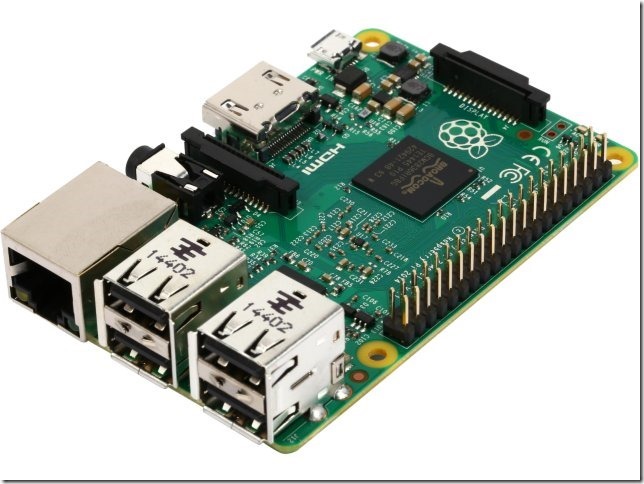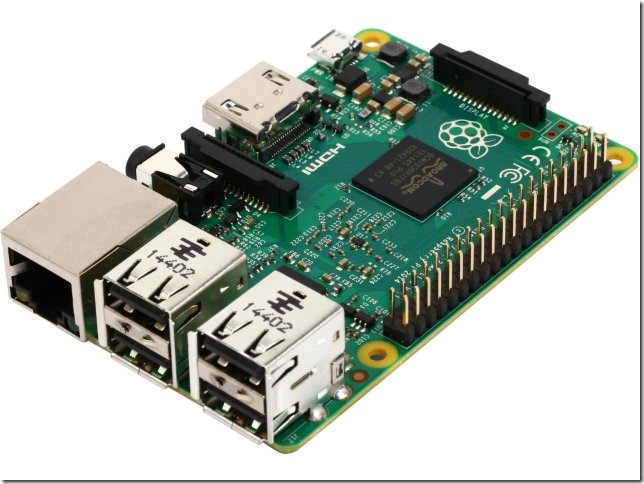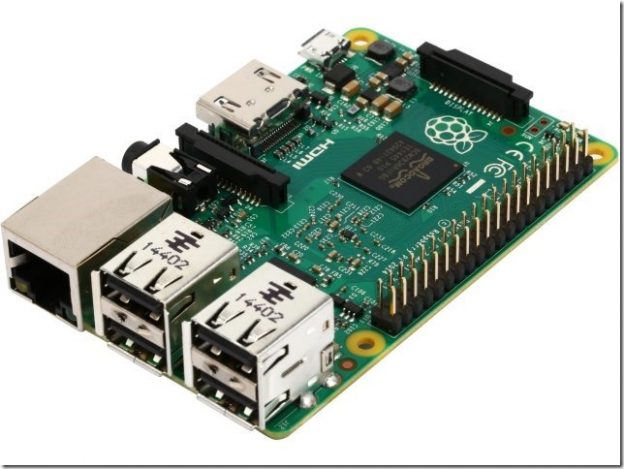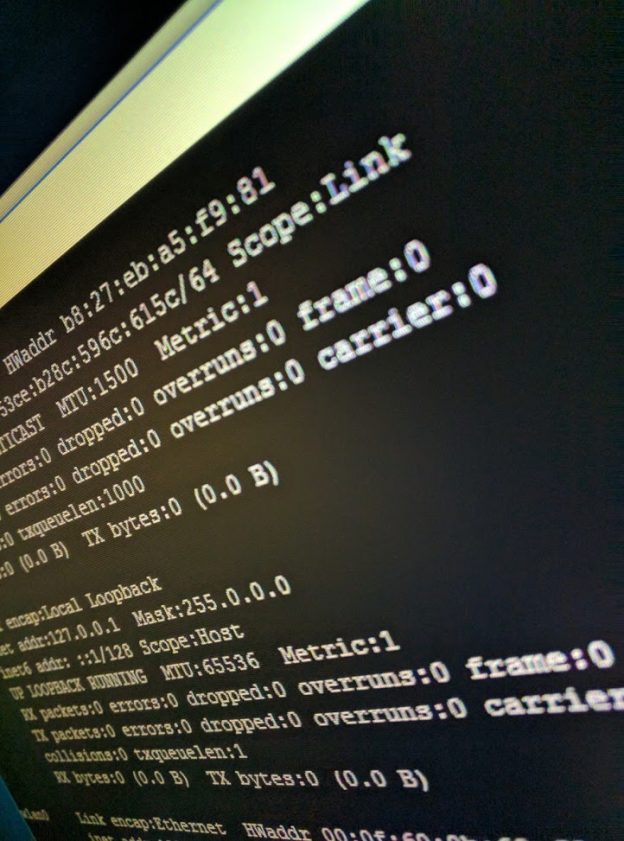To date (July 2016), there have been 8 versions of the Raspberry Pi. Below is an outline of each.
Raspberry Pi Model A
The Model A sported the ARMv6 architecture (700MHz, single core ARM11) with a Broadcom BCM2835 SoC. It had 256MB of RAM and a 26 pin version of the header. Power was provided by the micro USB connector, video by the HDMI connector (supporting HDMI v1.3), a single USB port, composite video out RCA jack and a 3.5mm audio out connector. There is also a slot for a camera module and on board storage was via a slot for a full size SD Card. There was no Ethernet (RJ45) port on this model.
Raspberry Pi Model B
The Model B also used the same ARMv6 architecture (700MHz, single core ARM11) with a Broadcom BCM2835 SoC as the Model A. It had increased memory to 512MB of RAM. The header is the same 26 pins as the Model A, but it had an additional 4 GPIO pins available via the P5 header (if you user was willing to solder the pins). HDMI, composite video, audio and SD card slot all remain the same, but the USB ports are increased to 2 and there is now a Ethernet (RJ45) connector on-board also.
Raspberry Pi Compute Module
The Compute Module is a full system on a device with only a 200 pin DDR2 SO-DIMM. This uses the same ARMv6 architecture (700MHz, single core ARM11) with a Broadcom BCM2835 SoC as the Model A and B, has 512MB RAM on-board as well as an on-board 4GB eMMC flash chip for storage. There are no on-board ports, but all the usual inputs and outputs (and more) are exposed as pins on the 200 SO-DIMM connector.
The Model B+ sported the same ARMv6 architecture (700MHz, single core ARM11) with a Broadcom BCM2835 SoC as the Model A and B. It had the increased memory of 512MB of RAM same as the Model B. Now has a 40 pin version of the header which exposed 9 more GPIO pins and support for the HAT ID bus. It now has 4 on-board USB ports, and the composite video out (RCA) plug had been removed and the composite video combined with the audio out in the 3.5 jack . There is also a slot for a camera module and on board storage was via a smaller slot for a micro size SD Card. There was an on-board Ethernet (RJ45) port on this model. Power consumption has been improved as has audio quality.
Raspberry Pi Model A+
The Model A+ sported the same ARMv6 architecture (700MHz, single core ARM11) with a Broadcom BCM2835 SoC as the Model A and B. It had the increased memory of 512MB of RAM same as the Model B, the same 40 pin version of the header as the Model B (exposing 9 more GPIO pins and support for the HAT ID bus). It retains the single USB port of the Model A, and the composite video out (RCA) plug had been removed and the composite video combined with the audio out in the 3.5 jack . There is also a slot for a camera module and on board storage was via a smaller slot for a micro size SD Card. There was no still Ethernet (RJ45) port on this model. Power consumption has been improved as has audio quality.
Raspberry Pi 2 (Model B)
The second generation of the Model B moves to the ARMv7 architecture, using a quad core, 900MHz Cortex-A7 CPU and the Broadcom BCM2836 SoC. The memory is increased to 1GB, but all other hardware remains the same as the Model B+.
Raspberry Pi Zero
The Raspberry Pi Zero, which has a smaller footprint and less connectivity, is based on ARMv6 architecture for the original Model A and Model B, using 1GHz single core ARM11 device and the original Broadcom 2835 SoC. It had only 1 micro USB port (OTG mode) and a mini HDMI connector for video and audio. Additional (composite) video and audio are available via GPIO pins. A micro SD card slot is available for storage and by default the GPIO 40 pin connector is unpopulated.
Raspberry Pi 3 (Model B)
The third generation of the Model B sees a move to the ARMv8 architecture, using a quad core, 1.2GHz 64 bit Cortex-A53 CPU and the Broadcom BCM2837 SoC. The memory stays at 1GB, and all other connectors and ports remains the same as the Pi 2 and Model B+. In addition, wireless networking (802.11n) and Bluetooth (4.1, BLE) are added.
